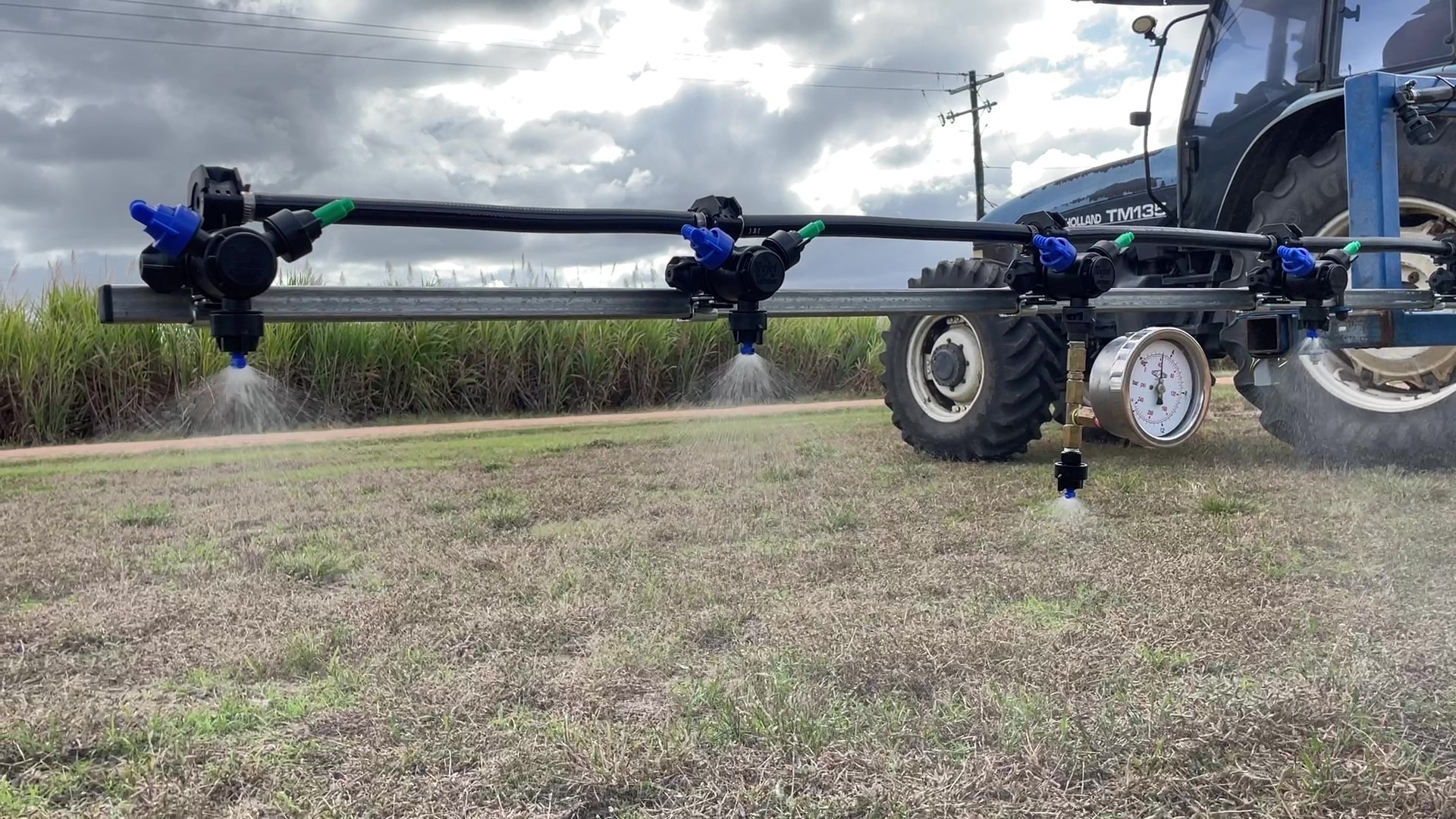chemical
Making informed decisions for pesticide success
28 Mar 2024
The phrase 'pick your poison' can be used to describe our insecticide choices in soybeans. Mishandling the use of chemicals, such as using the same actives repeatedly and failing to provide adequate coverage, can result in resistance in some of our major pests while killing beneficial insects that would have contributed to pest control. Fortunately, there are ways to control pests in soybeans in an environmentally sensitive way.
Monitoring
Monitoring is an important tool in deciding what control method to use in your soybean crop. By visually inspecting the crop, we can see: what pests are present the growth stages of the pests how close their numbers are to economic theshold what beneficial insects are present how damaged the crops are what growth stage the crop is at and many more factors that will influence our decision making. The best decision is the most informed one. With soybeans, we can beat sheet check crops at least once a week to monitor all these aspects (1).
Biological Control
An example of biological control used in soybeans is the biopesticide Nuclear Polyhedrosis Virus (NPV) found in ViVUS Max® and Gemstar® LC used for control of Helicoverpa a major pest of crops. This virus controls the population of Helicoverpa by infecting them and killing them off without harming other beneficial biological lifeforms. It also has the benefit of legally being able to be applied through overhead irrigation, a practice not available for other insecticides.
Beneficial insects help control pest populations naturally, saving you money and time from not having to spray. By applying certain chemicals, you run the risk of killing off these beneficials, paving the way for resistant pests to survive and thrive with the lack of predators and putting your crop in greater risk (2). Cesar Australia has developed a table showing which chemical active ingredients can impact beneficial insects in Australian grain crops (Table 1).
Cultural Control
Cultural control is a practice utilised to prevent pests impacting on crops rather than treating infestations. Some of these simple practices can include crop rotation, sanitation/biosecurity, variety selection and management of crop growth through strategic use of water or fertiliser. Weed suppression reduces potential host plants for the pest to live on, breaking their life cycle. Avoiding successive plantings of the same crop can also help break the pest’s lifecycle. If the plant has good soil moisture and growing conditions, then large, vigorous plants suffer less defoliation and less risk of terminal damage from major pests that results in significant yield loss (3).
Chemical Control Chemical application is the most common form of pest control in soybeans but can be easily misused. Time, target pest population and money are the major deciding factors when it comes to spraying, however important details such as spray windows (Table 2), what the target is and the impact on other environmental factors also need to be taken into consideration. Utilising economic thresholds to decide when to spray can allow time for the beneficial insects to do their job. The young pest larvae can have up to an 80% mortality rate just from natural selection, predation and environmental factors. Once pest numbers reach the point of causing economic damage, spray application can occur leading to improved control and reduced costs.
Soft Chemistry
The term ‘Soft Chemistry’ is used in agronomy to describe the targeting of a specific pest with chemicals that have little impact on the environment and other insect species. This entails applying a chemical that directly controls the pest while having a lower impact on beneficial populations. These chemicals can be applied in different situations giving growers greater flexibility. With ‘soft’ chemistry, beneficials are typically not harmed meaning they are free to control any new pest outbreak, saving time and money (4).
Conclusion By integrating some of the methods outlined here, we can make pest control more efficient without the need for using more chemicals. There are many tools in a toolbox; don’t dull one. By utilising other practices, using ‘soft ’chemistry first, we don’t run the risk of losing our most effective poisons against some of our major pests.

Sources: 1 Beatsheet, Considerations when choosing chemical control options, 2023) (https://thebeatsheet.com.au/key-pests/considerations-when-choosing-chemical-control-options/, accessed 26/01/24) 2 (Source: Beatsheet, Unnecessary spraying not good for your crop your industry or your bank balance, Hugh Brier, 14 Oct 2019, https://thebeatsheet.com.au/unnecessary-spraying-not-good-for-your-crop-your-industry-or-your-bank-balance/, accessed 26/01/2024) 3 (Source: GRDC, Soybean Grownotes northern, March 2016, https://grdc.com.au/__data/assets/pdf_file/0035/364877/grdc-grownotes-soybeans-northern.pdf, accessed 26/01/2024) 4 (Source: Vine Magazine, Chemical Use Soft in Nature, Not on Results, May 2022, https://issuu.com/vine-magazine/docs/18_2_vinemag_fin2_ digital/s /15789648, accessed 30/01/2024)

